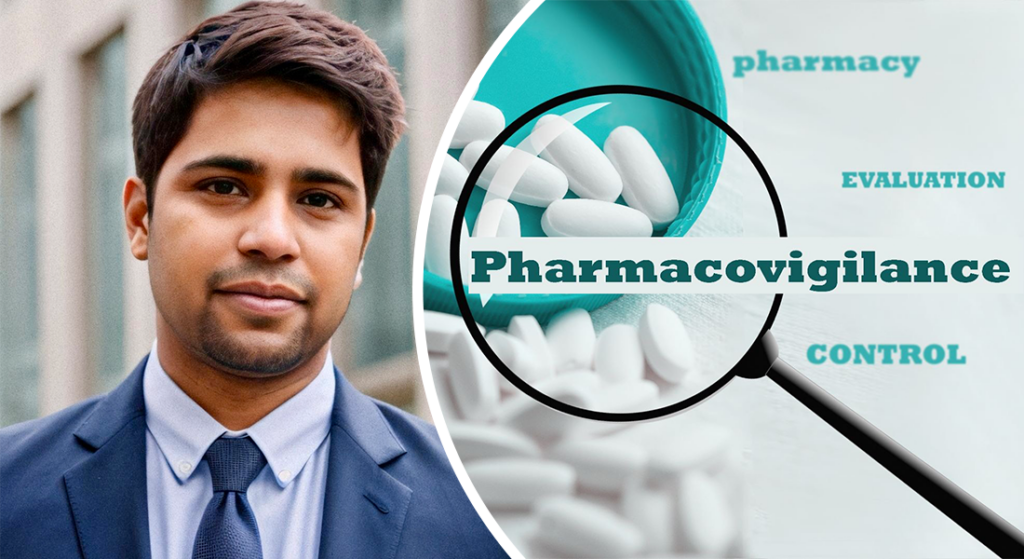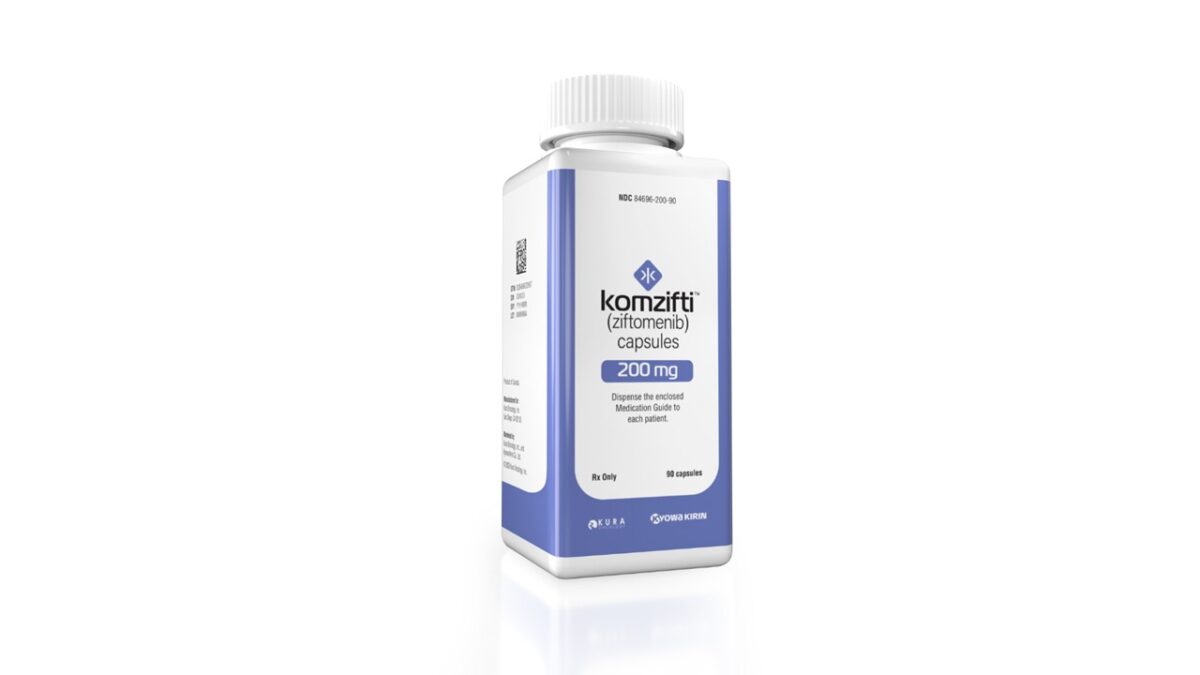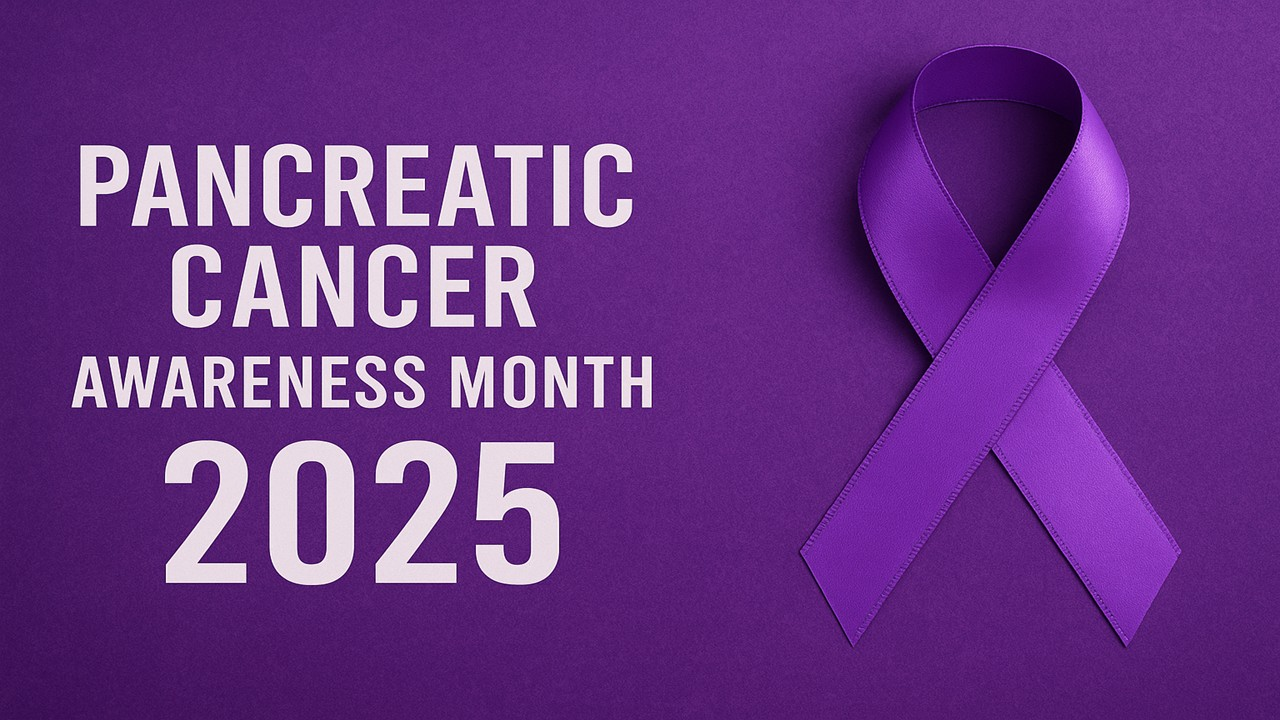Pharmacovigilance, particularly within cancer therapeutics, is more than just a profession for Ashish Jain, Senior Director of Clinical Safety and Pharmacovigilance at Curis. Driven by a deep-rooted passion for patient safety, Ashish provides a personal glimpse into his everyday responsibilities and the evolving landscape of his field.
From Pharmacy School to Pharmacovigilance
Ashish’s journey into pharmacovigilance began during his pharmacy school days, where an internship first exposed him to the field. “That’s where I developed the curiosity and a desire to contribute to patient safety. I realized that ensuring the safe use of medications was not just a job, but a mission,” he reflects.
Over the years, his career has evolved from routine case processing at large pharma companies to a more strategic role in smaller settings, where he feels his impact more directly.
Navigating a Typical Day with Passion and Precision
For Ashish, every day at Curis presents a unique set of challenges and responsibilities. His mornings begin with a meticulous examination of his inbox, as he prepares to tackle the day’s tasks. “In pharmacovigilance, we are constantly driven by regulatory timelines, so the first thing I do is open my mailbox to assess the priorities for the day,” Ashish explains.
His top priorities are assessing and mitigating risks, meeting time-sensitive deadlines and ensuring the well-being of patients. Ashish’s commitment to compliance is evident in the way he meticulously manages the process of managing expedited reports and stringent deadlines that dictate his daily workflow.
Collaboration: The Key to Success
The essence of pharmacovigilance at small companies according to Ashish, lies in teamwork. “Close collaboration is the key to success and maintaining regulatory compliance,” he notes, emphasizing the necessity of seamless interactions across various departments.
“I see pharmacovigilance in the center of everything. Then, one must collaborate with regulatory affairs, data management, nonclinical, CMC [chemistry, manufacturing and controls], clinical development, medical affairs medical writing and others. So, there are lots of pieces to it,” he adds. Ashish views his role as central to a complex web of activities that ensure patient safety.
Continuous Learning as a Lifelong Journey
Staying informed is critical in a dynamic field like pharmacovigilance. Ashish is an avid reader of industry news and updates, using resources like regulatory agency websites.
“I don’t limit myself to pharmacovigilance alone. Instead, I try to learn more about clinical development overall, because that helps me understand what other companies are doing and what their safety profile looks like,” he says, highlighting his proactive approach to integrating new and recent knowledge — such as the US Food and Drug Administration (FDA)’s E2B(R3) guidance for clinical safety data management — into the Company’s strategy.
Laying the Foundations of a Pharmacovigilance Department
Ashish explains the foundational steps crucial for setting up an effective pharmacovigilance system, particularly emphasizing the importance of centralization.
“One of the things that I usually do and have done is centralize everything into one safety database and set the processes,” he says, stressing the inefficiency and high costs associated with decentralized models. “Because if you have three separate safety databases, it adds to your cost. It is not very efficient.”
Centralization not only simplifies data management but also enhances the efficiency of the entire pharmacovigilance process. Ashish advises, “So that’s why centralizing is the key to everything, because once you centralize your safety database, then you can centralize, harmonize your processes, customize those templates as per your need and replicate them to other studies.”
Moreover, leadership plays a pivotal role in this phase. “The key foundational step I would recommend is to hire a leader who can own the vision and the strategy,” he emphasizes. This leader is essential for steering the newly formed department towards strategic goals and integrating pharmacovigilance into the corporate quality culture.
Identifying and addressing challenges is part of Ashish’s daily routine. He speaks candidly about the complexities of regulatory inconsistencies and resource limitations. Ashish underscores the need to embed pharmacovigilance practices early on.
Talking about resource constraints, he explains, “We have to leverage technology and also identify a vendor who can grow with you.” His strategic approach involves finding the right partnerships with contract research organizations (CROs) to enhance efficiency and compliance.
The initial months of establishing a pharmacovigilance system are crucial. Ashish describes this period as foundational for the department’s success. “The next six months are very critical, during which you can have joint engagement planning, work with the CRO very closely, provide them with your needs and have those customized templates built for you so that you can replicate them for other studies as well.”
XTALKS WEBINAR: Enhancing Efficiency in Early-Phase Oncology Trials: Strategies for Accelerating Data Flow
Live and On-Demand: Monday, June 24, 2024, at 11am EDT (4pm BST/UK)
Register for this free webinar today to gain insights into how you can navigate and overcome data flow challenges in early-phase oncology clinical trials.
Looking Ahead: Trends and Aspirations
Ashish is keenly aware of the trends shaping pharmacovigilance, from artificial intelligence to the growing significance of real-world evidence. He notes that the patient voice is critical, and with more involvement, patient advocacy groups will play an important role in clinical development.
His future goals are clear: championing patients’ interests, mentoring the next generation and driving innovation that refines pharmacovigilance practices.
Advice for the Aspiring Pharmacovigilance Professional
For those entering the field, Ashish offers sage advice: build a strong educational foundation, and don’t overlook the importance of soft skills such as analytical thinking and effective communication.
“Critical thinking, problem-solving and cross-functional collaboration are key. Make it a priority to gain well-rounded experience across all stages of the drug life cycle from early clinical development through post-marketing,” he advises.
Ashish Jain’s narrative is one of passion, precision and perseverance. His personal insights into the world of pharmacovigilance illuminate the human element behind the science, showcasing a day in the life filled with challenges, collaborations and continuous learning.
“Safety is important. And every safety report that we analyze, every risk assessment that we conduct, it matters. It all leads to better patient outcomes,” he concludes.












Join or login to leave a comment
JOIN LOGIN